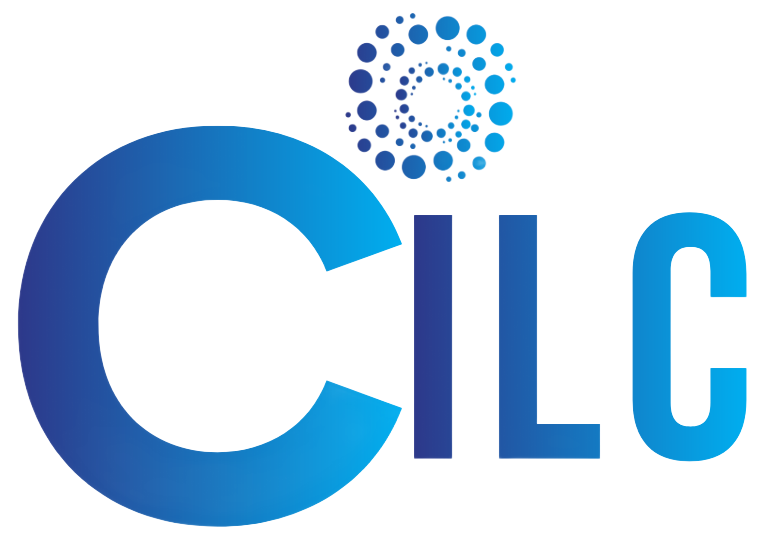Capital One/Discover
Merger Control
The Client's Request
A global financial investment entity engaged CILC's attorneys to conduct a comprehensive regulatory and antitrust analysis of the proposed Capital One/Discover transaction.
The client sought to understand the likelihood that federal and state regulatory agencies might require a divestiture to secure approval, as the client was considering the possibility of acquiring any divestiture assets resulting from such a mandate.
CILC’s attorneys provided detailed guidance on how the Department of Justice, Federal Reserve, OCC, and state attorneys general might evaluate the deal.
Copyright Litigation
Advocacy
The Client's Request
The largest online marketplace in the world and its subsidiary publicly displayed client-owned copyrighted materials worldwide without authorization. Both platforms initially asserted that their Terms & Conditions and internal policies gave them the right to display the client’s works.
CILC’s intervention addressed the global violation by analyzing and asserting both U.S. and EU copyright law protections—eliminating threats to the copyright holder’s exclusive rights, preventing unauthorized international dissemination of content, and mitigating potential revenue loss.

